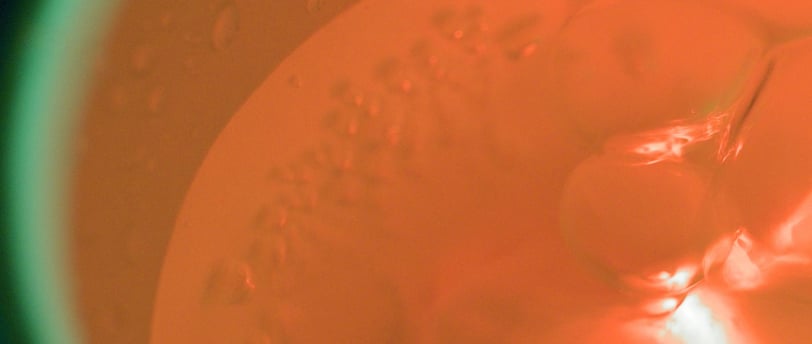AI and Art
Blog post description.
Dave
3/14/20244 min read


Testing
ART, AI, and Education
Research has shown that AI has had a significant impact on art education, specifically in the areas of generating baseline lists, enhancing creativity, and improving learning outcomes for students. According to a study conducted in art history classes, AI art generators were found to positively influence the learning outcomes of both undergraduate and graduate students [6](https://digitalcommons.lindenwood.edu/cgi/viewcontent.cgi?article=1585&context=faculty-research-papers).
One of the ways in which AI is being utilized in art education is through the generation of baseline lists. AI can generate artist exemplars, historical topics, and other resources that can be used to develop student lesson plans [1](https://www.google.com/search?q=impact%20of%20AI%20on%20art%20education). This automation allows educators to save time and effort in researching and compiling relevant materials.
However, it is important to note that AI does not replace the learning process or the writing of lesson plans and accompanying rationales. The role of the educator remains vital in guiding students and providing context for the AI-generated content [1](https://www.google.com/search?q=impact%20of%20AI%20on%20art%20education). The rising influence of AI on design and art education serves as a cautionary tale for the future of creativity, as it is crucial to maintain a balance between AI-generated content and human creativity [2](https://www.aep-arts.org/balancing-the-promise-and-peril-of-ai-in-art-education/).
Contrary to some beliefs, introducing AI as a technology in educational settings can actually support and enhance creativity. For example, generative AI can assist artists in exploring new ideas and expanding their creative boundaries [4](https://theconversation.com/education-should-look-to-the-way-artists-are-embracing-ai-instead-of-turning-its-back-on-the-technology-209733). By embracing AI, artists are able to incorporate technology into their traditional methods, resulting in innovative and unique artworks.
AI integration in art institutions is not limited to art classes alone. It is being integrated into various courses, such as coding and creative writing, similar to other colleges across the nation [3](https://www.insidehighered.com/news/tech-innovation/artificial-intelligence/2023/11/08/art-institutes-getting-creative-tackling-ai). This multidisciplinary approach
# Embracing the Fusion: Exploring the Integration of Traditional Methods and AI Generated Content in Art Education
Art education has always been a dynamic field, constantly evolving and adapting to the changing technological landscape. The emergence of artificial intelligence (AI) has introduced new dimensions to the world of art, revolutionizing traditional methods and pushing the boundaries of creativity. This blog post delves into the ways artists are merging traditional techniques with AI-generated content, creating a captivating blend of human expertise and technological innovation.
## The Growing Role of AI in Art Education
The integration of AI in art education is rapidly expanding, with AI tools and technologies being adopted to enhance the learning experience. This integration allows educators to save time and effort in researching and compiling relevant materials, as AI can generate artist exemplars, historical topics, and other resources that can be used to develop student lesson plans. However, it is important to note that AI does not replace the learning process or the writing of lesson plans and accompanying rationales. The role of the educator remains vital in guiding students and providing context for the AI-generated content.
Contrary to some beliefs, introducing AI as a technology in educational settings can actually support and enhance creativity. AI can assist artists in exploring new ideas and expanding their creative boundaries. By embracing AI, artists are able to incorporate technology into their traditional methods, resulting in innovative and unique artworks.
## Collaborative Creation
One of the most exciting aspects of AI in art education is its ability to collaborate with artists, enhancing their creative process rather than replacing them. Artists can leverage AI algorithms to generate initial ideas, gather inspiration, and explore new artistic possibilities. By using AI-powered tools like deep learning algorithms, artists can create a starting point for their artwork, allowing them to build upon and refine the generated content through their own skills and expertise.
## Bridging Traditional Methods with AI
Artists are merging traditional artistic techniques with AI-generated content, creating a harmonious blend of human expertise and technological innovation. This collaboration between artists and AI algorithms challenges traditional notions of authorship and opens up new avenues for artistic exploration. Through this fusion, artists are able to create unique and captivating artwork that was previously unimaginable.
## Ethical Considerations
It is important to address the ethical concerns surrounding the use of AI in art education. Issues related to copyright, ownership, and the potential impact on artistic originality need to be carefully considered. While AI can enhance creativity and expand artistic possibilities, it is crucial to maintain a balance between AI-generated content and human creativity. The rising influence of AI on design and art education serves as a cautionary tale for the future of creativity.
## The Future of Art Education
As the integration of AI in art education continues to evolve, it is predicted to shape the future of the field. Advancements in AI technologies have the potential to revolutionize the artistic landscape, offering new tools and possibilities for artists. It is essential for art educators, artists, and AI developers to collaborate and explore the immense potential of this fascinating intersection.
In conclusion, the integration of traditional methods and AI-generated content is revolutionizing art education. Artists are embracing AI technology to enhance their creative process and explore new artistic possibilities. Through collaborative creation, bridging traditional methods with AI, and careful consideration of ethical concerns, artists are merging the best of both worlds to create captivating and thought-provoking artwork. The future of art education lies in the fusion of human expertise and technological innovation, where AI becomes a powerful tool for artistic expression.
